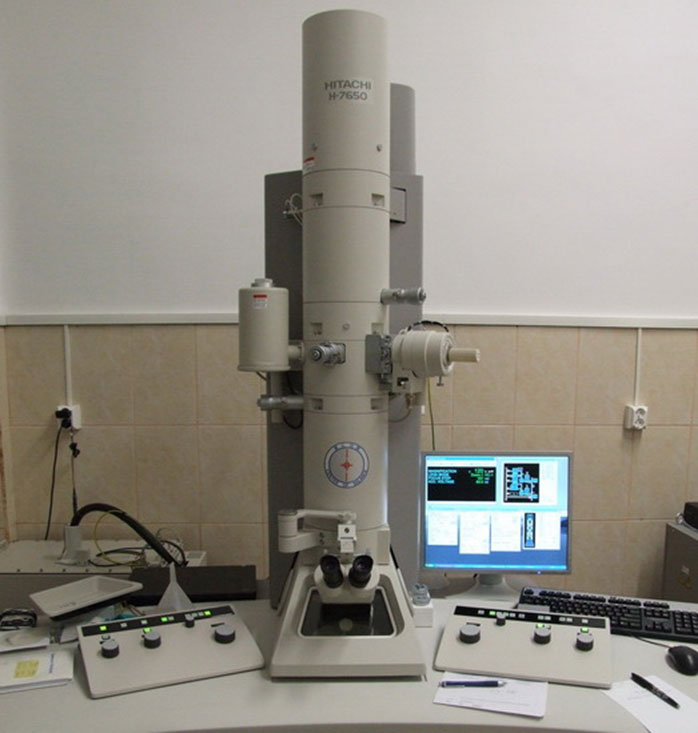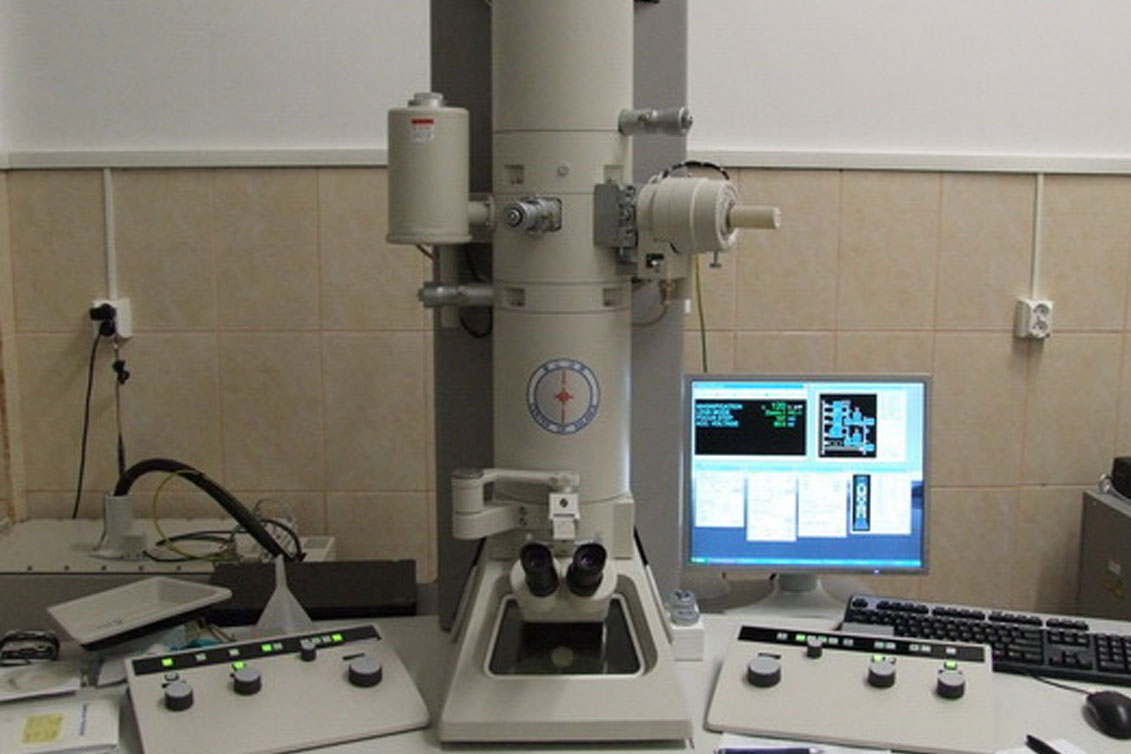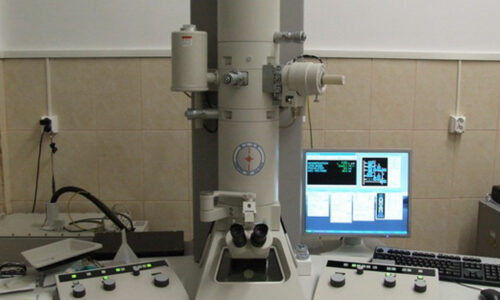Short description: The H-7650 is Hitachi high contrast and resolution transmission electron microscope used specifically for applications in research fields such as biology, medicine, polymers, and other advanced materials. Allowing high contrast low dose image observation, the H-7650 is optimized to reduce specimen damage associated with typical electron microscopy observation. A high sensitivity digital camera has been integrated with the microscope and images can be recorded, stored, filed, or transferred to anyone in the world efficiently and effortlessly.
Keywords: TEM, high contrast, high resolution, nanomaterials, material science, biology, medicine, polymers, carbon nanotube, graphene

Access policy and costs
Services provided: The TEM electron microscopy laboratory offers quality imaging services for both the academic and non-academic environment. The software program of the device offers a tool in the processing of data related to the shape, size, and distribution of the particles.
The expenses regarding the measurements are calculated according to the expenses necessary for the preparation of the samples. Access to the services offered is based on prior scheduling depending on the number of samples and their complexity.
Contact person
Assoc.prof.dr. Gabriel Katona
Email: gabriel.katona@ubbcluj.ro,
Web page: http://www.chem.ubbcluj.ro/BIO/CENTRU/
Research and publications
Currently, the TEM H-7650 microscope is used in research related to the characterization of nanomaterials, polymers, nanofibers, catalysts, etc. as well as in identifying their shape and size, and the interactions between particles.
- Spelmezan, C., Katona, G., Bencze, L. C., Paizs, C., & Toşa, M. I. (2023). A robust and efficient lipase based nanobiocatalyst for phenothiazinyl-ethanol resolution. Reaction Chemistry and Engineering, doi:10.1039/d2re00515h
- Clichici, S., David, L., Moldovan, B., Baldea, I., Olteanu, D., Filip, M., G. Katona, Filip, G. A. (2020). Hepatoprotective effects of silymarin coated gold nanoparticles in experimental cholestasis. Materials Science and Engineering C, 115 doi:10.1016/j.msec.2020.111117
- Spelmezan, C. G., Bencze, L. C., Katona, G., Irimie, F. D., Paizs, C., & Tos, M. I. (2020). Effcient and stable magnetic chitosan-lipase B from candida antarctica bioconjugates in the enzymatic kinetic resolution of racemic heteroarylethanols. Molecules, 25(2) doi:10.3390/molecules25020350
- Sacalis, C., Morar, C., Lameiras, P., Lupan, A., Silaghi-Dumitrescu, R., Bende, A., G. Katona, Darabantu, M. (2019). Design, synthesis and structure of novel dendritic G-2 melamines comprising piperidine motifs as key linkers and 4-(n-octyloxy)aniline as a peripheral unit. Tetrahedron, 75(35) doi:10.1016/j.tet.2019.130468
- Pogacean, F., Coros, M., Magerusan, L., Mirel, V., Turza, A., Katona, G., Pruneanu, S. (2019). Exfoliation of graphite rods via pulses of current for graphene synthesis: Sensitive detection of 8-hydroxy-2′-deoxyguanosine. Talanta, 196, 182-190. doi:10.1016/j.talanta.2018.12.051
- Toloman, D., Popa, A., Stan, M., Socaci, C., Biris, A. R., Katona, G., Iacomi, F. (2017). Reduced graphene oxide decorated with fe doped SnO 2 nanoparticles for humidity sensor. Applied Surface Science, 402, 410-417. doi:10.1016/j.apsusc.2017.01.064
- Stan, M., Popa, A., Toloman, D., Dehelean, A., Lung, I., & Katona, G. (2015). Enhanced photocatalytic degradation properties of zinc oxide nanoparticles synthesized by using plant extracts. Materials Science in Semiconductor Processing, 39, 23-29. doi:10.1016/j.mssp.2015.04.038


